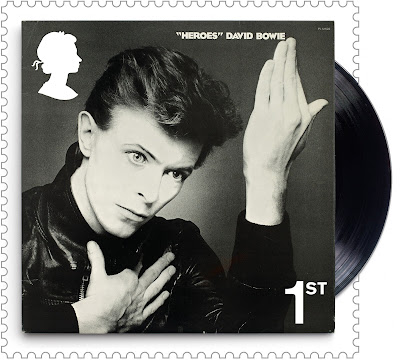The Uniform Penny Post, a significant milestone in the history of postal services, was introduced in the United Kingdom on 10 January 1840. The Uniform Penny Post was part of a postal reform implemented by Rowland Hill, a British educator and postal reformer. The reform aimed to make postage more affordable and efficient.
Before the introduction of the Uniform Penny Post, the cost of postage was determined by the distance traveled and the number of sheets of paper in a letter. This system made postage expensive and complicated. Rowland Hill proposed a flat rate of one penny for letters weighing up to half an ounce, regardless of the distance traveled. Additionally, the sender, rather than the recipient, would pay for the postage.
The first adhesive postage stamp, known as the Penny Black, was also introduced as part of this postal reform. The Penny Black featured an image of Queen Victoria and had a face value of one penny. It allowed individuals to prepay postage, and it is considered the world's first adhesive postage stamp.
The introduction of the Uniform Penny Post and the Penny Black stamp revolutionized postal services, making them more accessible to the general public and significantly increasing the volume of mail. This reform became a model for postal systems worldwide.





.jpg)
.jpg)
.png)




